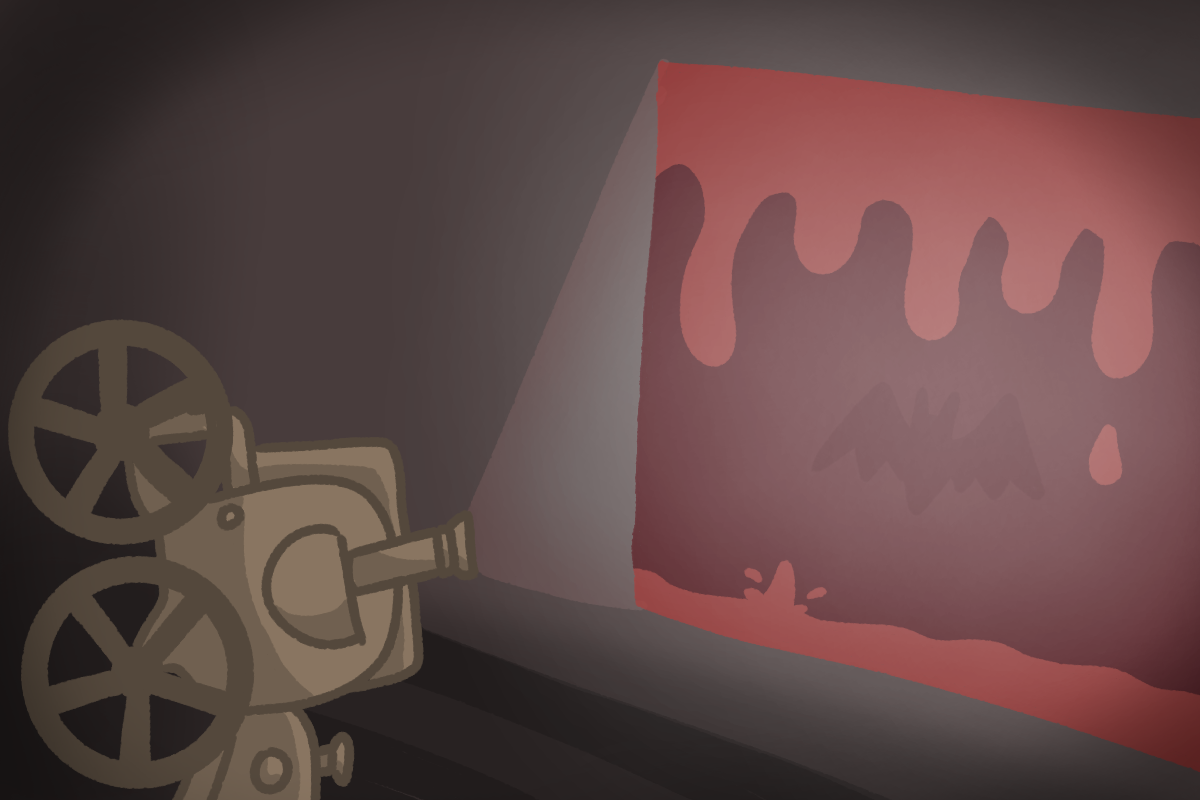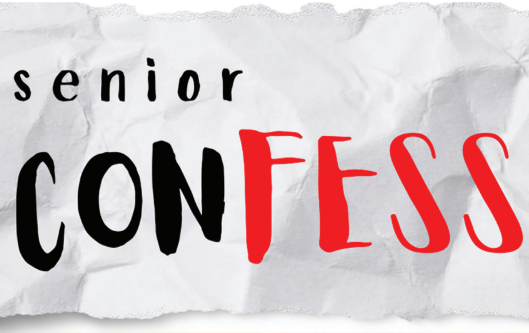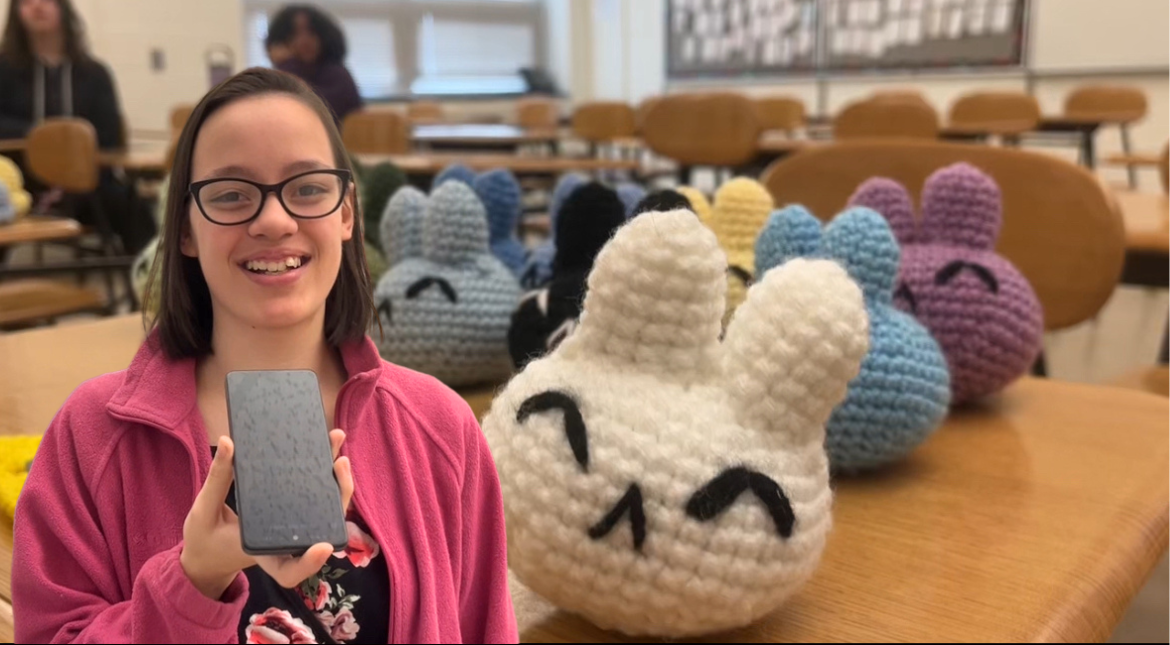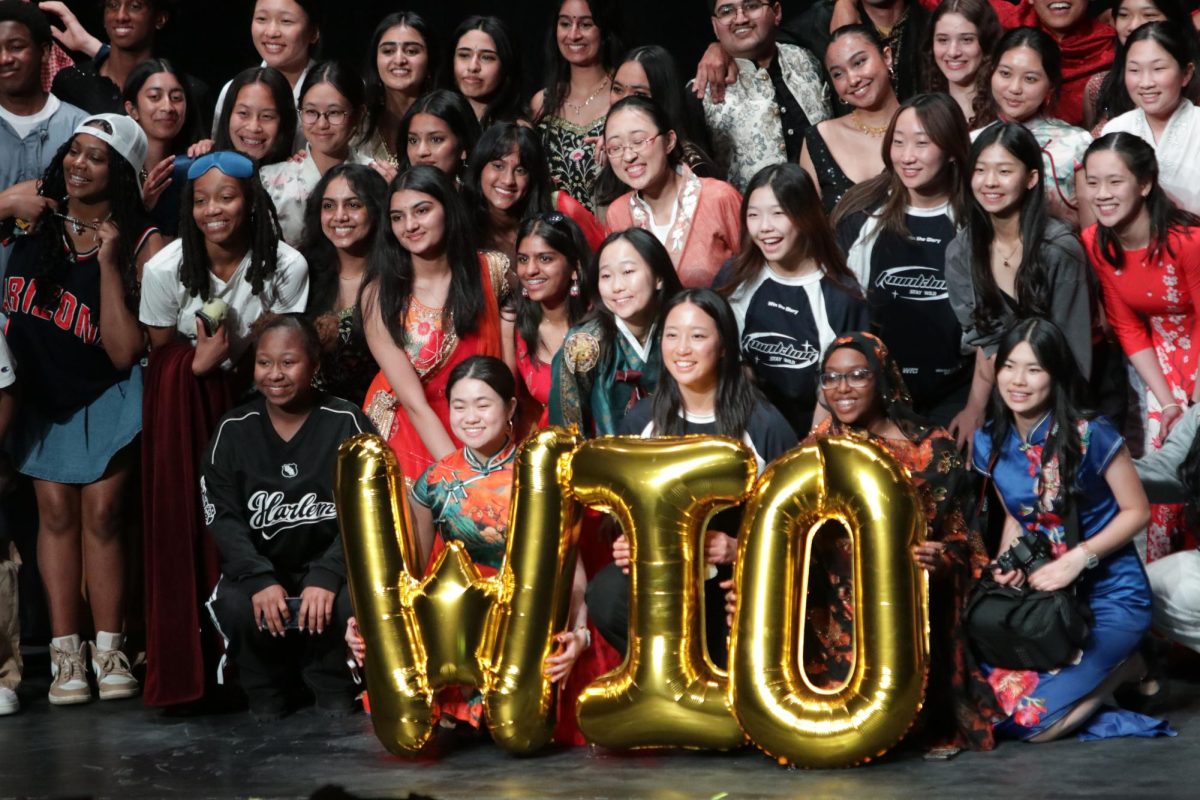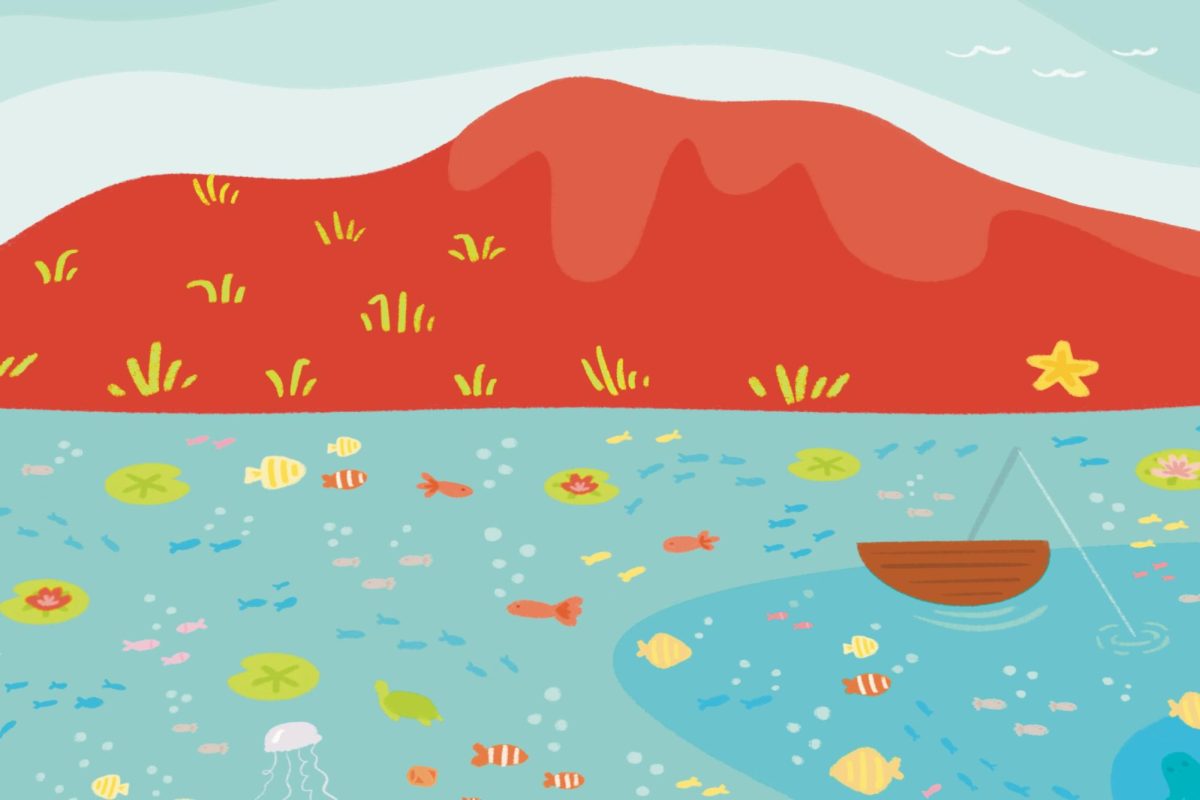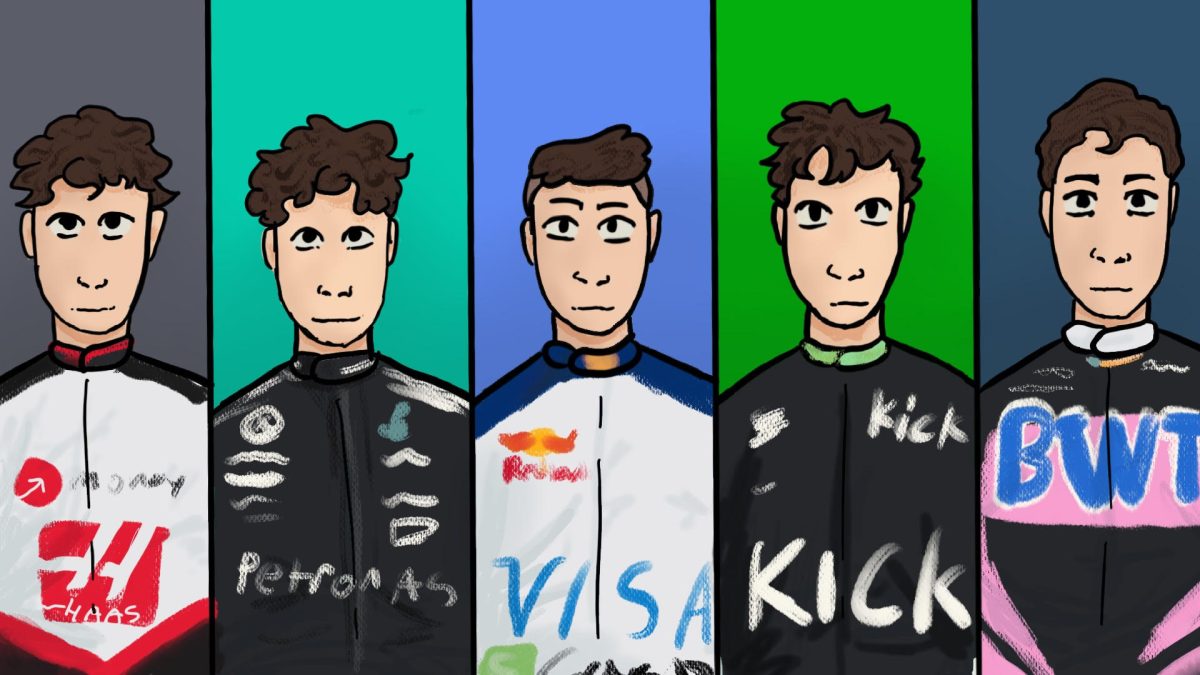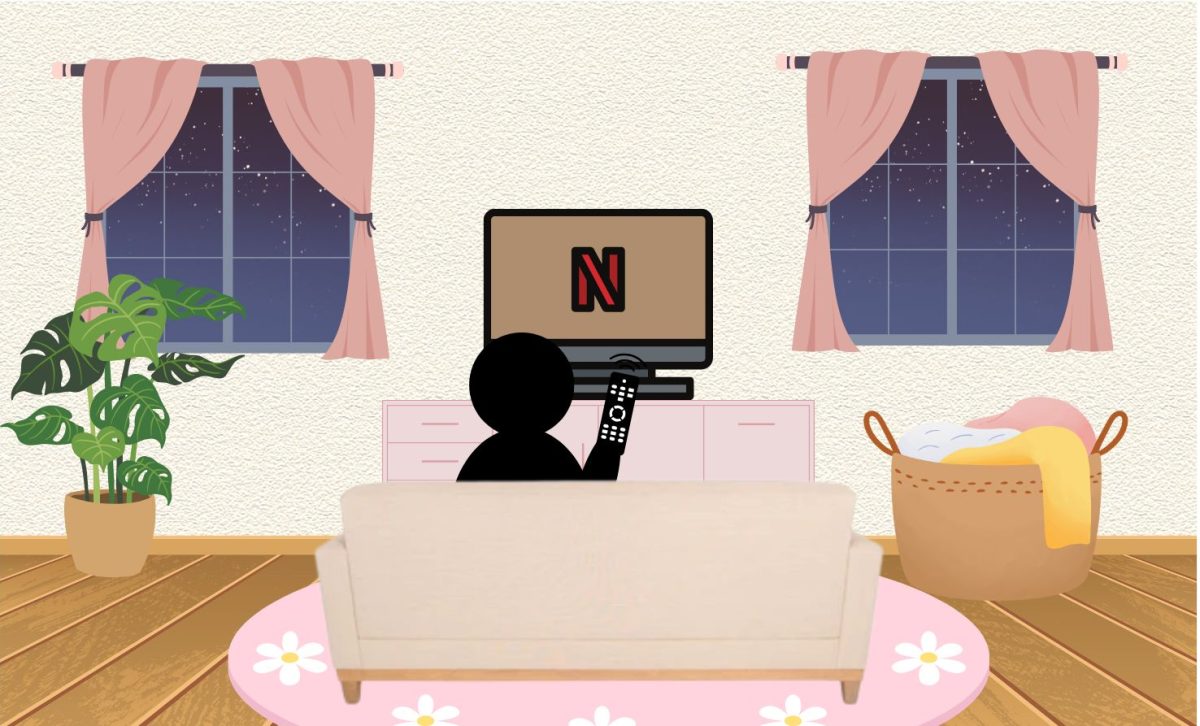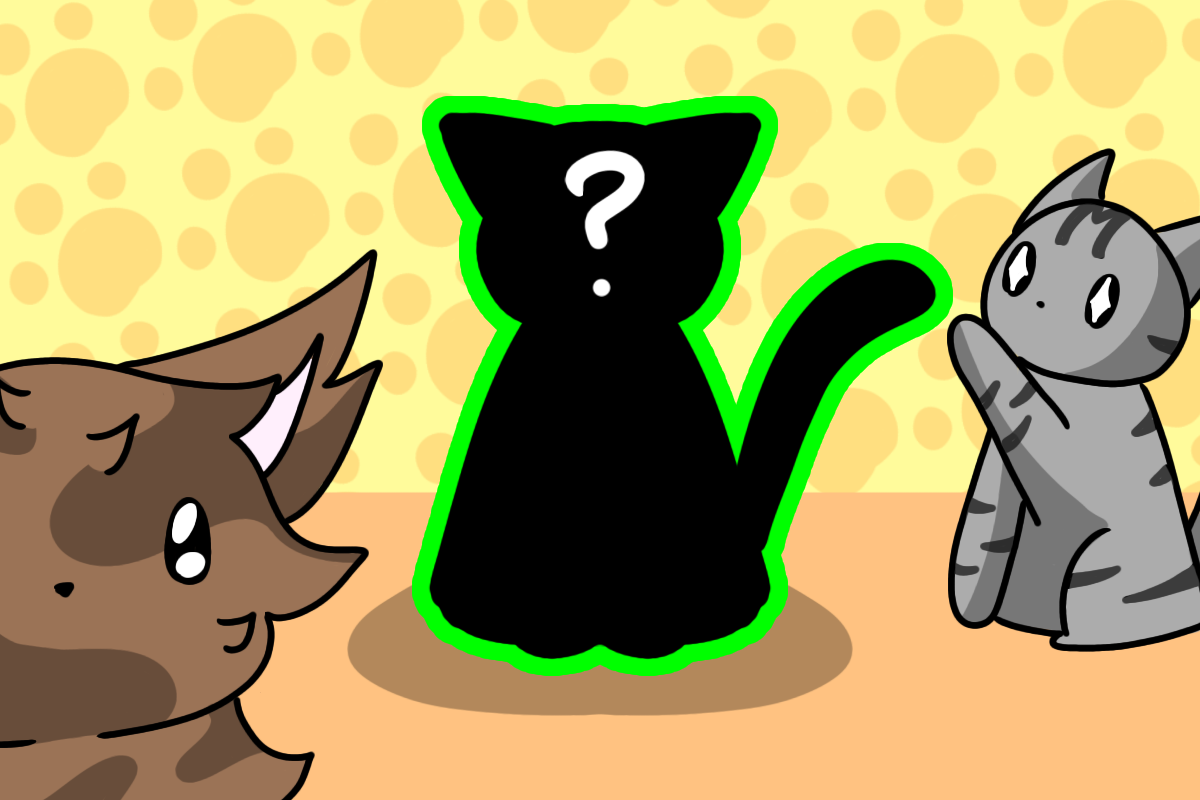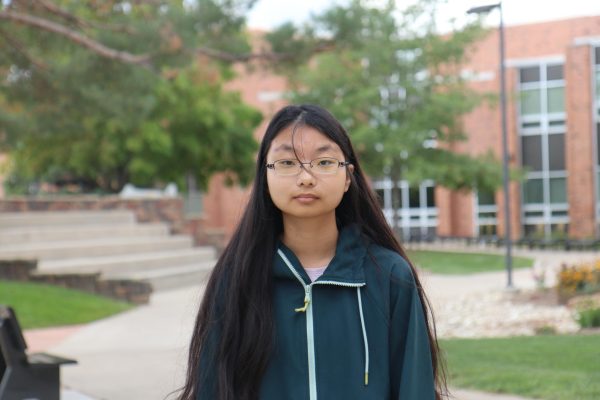Horror has always brought chills to its audience, in books, plays and more for over 200 years. But the creation of film took the genre to another level. In 1896, a three-minute film was made, featuring the devil Mephistopheles and how he plays tricks on the cavaliers guarding the castle he invades. This film, “Le Manoir Du Diable,” was originally made to invoke wonder and amusement in the audience, but due to its themes and characters, it’s considered as the first horror film.
Today, many horror movies are paranormal, featuring supernatural themes, and it’s considered by many to be the most chilling subgenre of horror. However, there are countless other subgenres that aren’t just paranormal.
Back in 1960, Alfred Hitchcock directed and released “Psycho,” a film centered around an on-the-run embezzler, Marion Crane, and a motel owner, Norman Bates. After stealing a large sum of money from her workplace, Crane makes a break for it with said money. She stops at a small motel, where she is then murdered by Bates, the owner. International film critics applauded Hitchcock’s creation, including it as one of the first examples of a slasher film. Since then, the slasher subgenre has taken off, leading to the release of popular films such as “Texas Chainsaw Massacre” (1974), “Halloween” (1978), “Friday the 13th” (1980) and the “Scream” franchise. These movies revolutionized slasher films, introducing the popular idea of a masked killer.
Soon enough, a need for more coursed through filmmakers, wanting a change from just regular blood and guts to something more grotesque and monstrous. Before computer-generated imagery (CGI) entered the film industry, early filmmakers had to get creative with their chilling masterpieces. Techniques such as stop-motion animation and camera cuts did wonders for horror films of the early eras, giving the effect of heads disappearing and bodies melting. But as time moved on, cinematography grew alongside developing technology, providing more tools and techniques to amplify the terror.
One grotesque film that was really one-of-a-kind, pushing the boundaries of horror special effects and the genre itself, was “The Exorcist” (1973), directed by William Friedkin, based on a 1971 novel (which was based on a true story) written by William Peter Blatty. Friedkin and his team pulled out all the stops to make the special effects of “The Exorcist” so horrifyingly gruesome and violent for its time, making the movie-goers faint, vomit and leave the theater entirely.
In order to create the frightening scenes in “The Exorcist,” life-like molds of the actress’s body were made, along with bringing in restaurant-grade air-conditioners and even using pea soup to make projectile vomit. The special effects in the movie helped pave the way for other horror films, bringing in more ideas and opportunities for future films.
When you mix gore with psychological horror along with silicone, foam, latex and a whole lot of mayonnaise and strawberry jelly, you get “The Thing” (1982). This science fiction film went a bit further than “The Exorcist” seeing as it had bigger monsters to create and therefore needed more materials and creative ways to make it scary. “The Thing” wanted to break boundaries, and break boundaries it did. Intricate rigs inside the animatronic puppets, hydraulics and radio controls were just some of the parts to give the movie its signature realistic yet fictional look.
Just like the rest of the world, horror was affected greatly when the digital age came barrelling in, changing the limits on special effects. A great example of this is “Terminator 2: Judgement Day,” while it’s not a horror movie, it still showcases the ability that CGI and technology were capable of. Horror movies took advantage of this new digital technology and turned what had before been impossible into something that was accomplished with relative ease.
With the new technology, practical effects weren’t lost to the digital world. Practical effects are still needed to maintain that realistic edge, like if characters are closely interacting with each other or with something else, practical effects might be better to make it more realistic to the audience. Nowadays, horror movies– however realistic they are–constantly use CGI. Practical effects still work wonders, but with CGI and technology, their results can be enhanced and manipulated to truly strike fear into the watchers, “Hereditary” (2018) is an example of a movie that uses many practical effects alongside CGI, both working together to make a terrifying visual story.
There is so much more to horror movies than what’s been talked about in this article, and if all of it were written out, this article would be much longer. Horror movies still claim the hearts of many, drawing in viewers with the shiver of a spine and a higher heart rate to boot. More and more subgenres of horror are continuing to be created and added to the already massive genre of horror. With the fall season upon us, it’s the perfect time to huddle up with a frightening feature film, although horror movies aren’t just kept to the confines of the spooky season. A good scare can be any time of year, anywhere and anyplace.
Subscribe to our newsletter!
"*" indicates required fields

